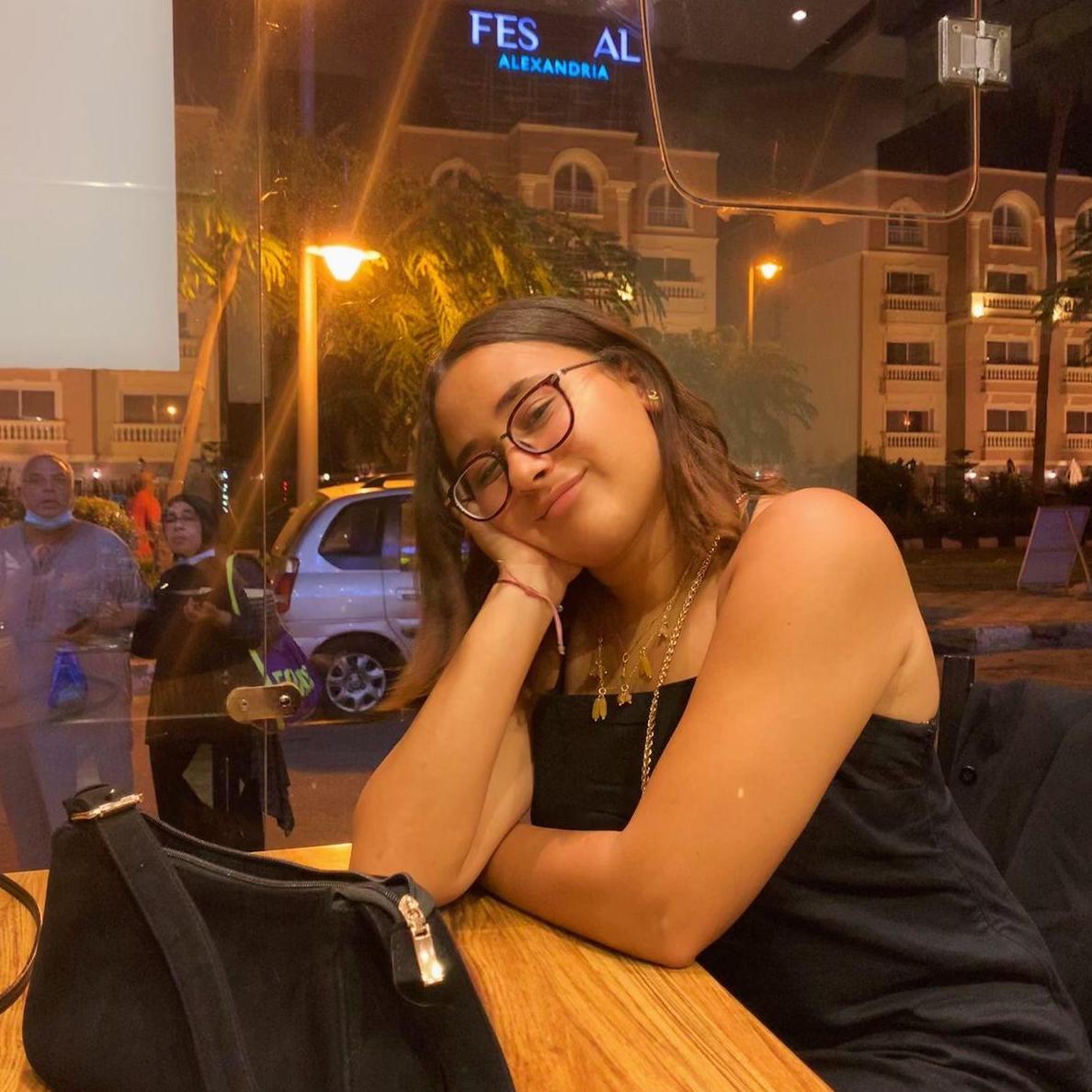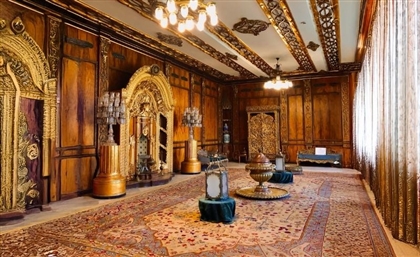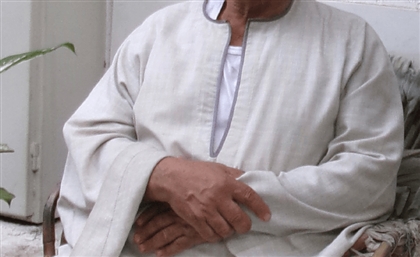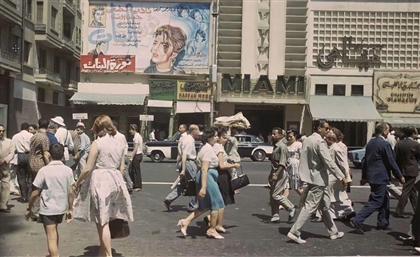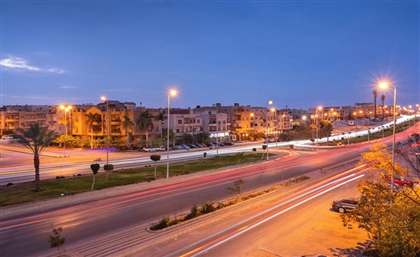Patterns of Cairo Maps the City's Engraved Visual Culture
This new resource by architectural office Megawra allows creatives a window into the design history of their own culture, beyond the limits of generic Google searches.
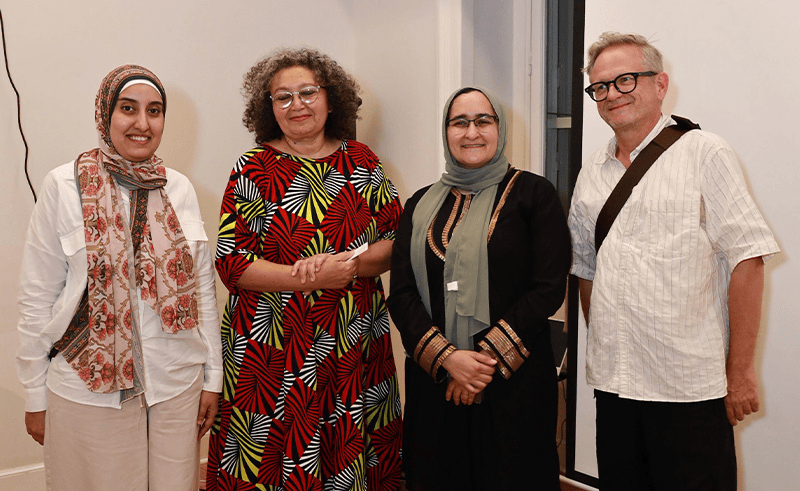
Cairo is enormous, vibrant and constantly moving. To many, it represents chaos; it doesn’t seem to play by any architectural or geographic rules, everyone is constantly running around, and no one ever knows what any given day may bring. A new platform called Patterns of Cairo by Megawra, the architectural office specialising in conservation and heritage management, has spent the last three years mapping the unmappable city in patterns, with all its nooks and crevices.
For three years, the architects at Patterns of Cairo traversed the city, making note of various patterns, their historical context, the eras they belong to, the colours they employ, and the years they were created. The result is a powerful resource, accessible to everyone online, that aims to connect contemporary artists with their history: the Patterns of Cairo website.
“Coming from a design background, I noticed that, when looking for inspiration, we turn to Google and Pinterest, putting in generic terms like ‘historic Cairo’, and we just get the same round of visuals," Ehsan Abushadi, the PoC project coordinator, tells CairoScene. "What this project tries to do is make Cairo’s vibrant visual culture visible to designers.”
Instead of relying on Western influences, Patterns of Cairo provides a rich library of design patterns from an Egyptian landscape. It provides access into non-registered historical sites, as well as areas that are inaccessible to the public, like in Megawra’s conservation projects, in the transition zone of domes, or on parapets. The research team takes photographs, which are then transformed into digital vector drawings available on their website. In the case of conservation projects, they use one-to-one manual tracings produced during the conservation work as a reference.
“We imagine many different approaches to how the creative community will use this resource. Some can focus on the grids and construction logic to develop their own patterns, others can be inspired to adapt or rework the existing patterns, while others might take inspiration from the narratives and stories behind this visual culture.”
Patterns of Cairo traces two major categories of patterns: tangible and intangible. The former is easy to explain; it’s just a glossary of visual patterns around Cairo. The second is more abstract. It investigates the patterns of the architectural and, by extension, the social nature of the city itself, which often reflect visual representations. Think, for example, of the design differences between one metro station and another.
The first phase of the project focused on documentation in historic Cairo, providing insight into the historical context of each pattern. To truly inspire creatives, these patterns cannot be displayed in vacuum, and are instead woven into the complex narratives that make up our history. The stories aren’t told like they were copy-pasted out of a history book or a boring Wikipedia article, either; their nature varies according to where they were found and why they were created. A stucco medallion from the Mamluk era, for example, finds its context within the blossoming love story between Sultan al-Nasir Muhammad ibn Qalawun and his favourite wife, Khawand Tughay. These stories are not always easy to tell, and are often forgotten.
“Researching patterns can be challenging. Not all historic sources go into the same depth when it comes to patterns. In many cases, even the craftspeople who worked on these things remain unknown. Navigating the information that has survived, exploring the changes through time, regions, materiality, techniques, diving into the meaning and symbolism of some of these patterns, and what these patterns have lived through is what influences the diversity of the stories we tell.”
To celebrate the launch of their website, Patterns of Cairo set up an exhibition of the work of Egyptian artists inspired by their pattern encyclopaedia. These patterns, that we used to unknowingly pass by on endless errands throughout the city, became bespoke elements on flowing dresses, furniture pieces, floor-to-ceiling tapestries, and even setting table displays.
- Previous Article Fire Reignites Inside Ramses Telecom Building in Downtown Cairo
- Next Article Beyond the Natural Stone of the Grand Egyptian Museum
Trending This Week
-
Aug 29, 2025







